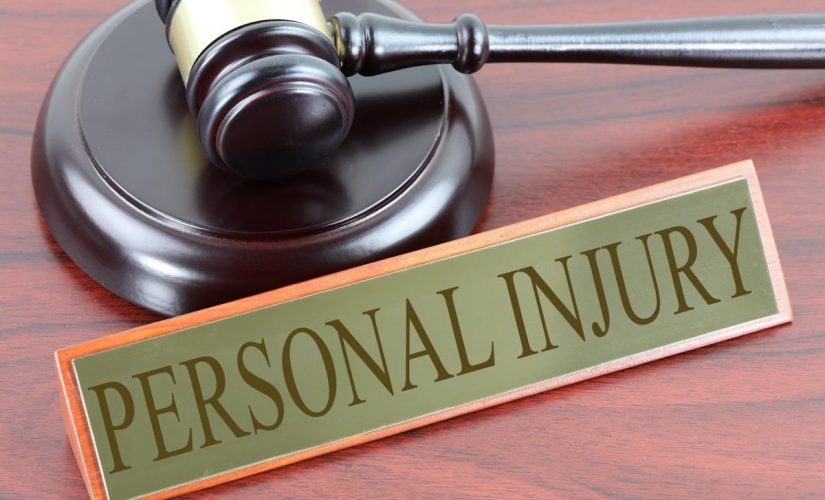Understanding Whiplash Injury Car Accident
Whiplash injuries are a common occurrence in car accidents, often resulting in severe pain and discomfort. This type of injury primarily affects the neck and spine, causing a range of symptoms that can significantly impact a person’s quality of life. Understanding the nature of whiplash injuries, their causes, symptoms, and treatment options can help victims navigate their recovery journey more effectively.
What is a Whiplash Injury?
A whiplash injury is a neck injury that occurs when the head is suddenly and forcefully thrown forward and then backward, similar to the cracking of a whip. This abrupt motion can cause damage to the soft tissues in the neck, including the muscles, ligaments, and tendons, leading to a variety of symptoms.
Causes of Whiplash Injury in Car Accidents
Whiplash injuries are most commonly associated with rear-end car accidents. The sudden impact of the collision can cause the occupants’ heads to jerk forward and backward rapidly, leading to potential neck injury. However, whiplash can also occur in other types of car accidents, sports accidents, or any event that involves a sudden jolt to the head and neck.
Symptoms of Whiplash Injury
Whiplash symptoms can vary widely among individuals, depending on the severity of the injury. Common symptoms include neck pain and stiffness, headaches, dizziness, blurred vision, and fatigue. In more severe cases, symptoms may also include difficulty concentrating, memory problems, ringing in the ears, and sleep disturbances.
Treatment for Whiplash Injury
Treatment for whiplash injuries typically involves a combination of pain management, physical therapy, and lifestyle modifications. Pain management may include over-the-counter pain relievers, prescription medications, or injections. Physical therapy can help restore range of motion and strengthen the neck muscles. Lifestyle modifications, such as ergonomic adjustments at work or home, can also help manage symptoms and promote recovery.
Preventing Whiplash Injury in Car Accidents
While it’s not always possible to prevent car accidents, certain measures can reduce the risk of whiplash injury. These include always wearing a seatbelt, ensuring the headrest is at the correct height, and maintaining a safe distance from other vehicles on the road.
Conclusion
Whiplash injuries can have a significant impact on an individual’s life, causing a range of symptoms that can interfere with daily activities. Understanding the nature of these injuries, their causes, symptoms, and treatment options can help victims better manage their recovery and return to their normal lives. Prevention measures can also reduce the risk of whiplash injuries in car accidents.







